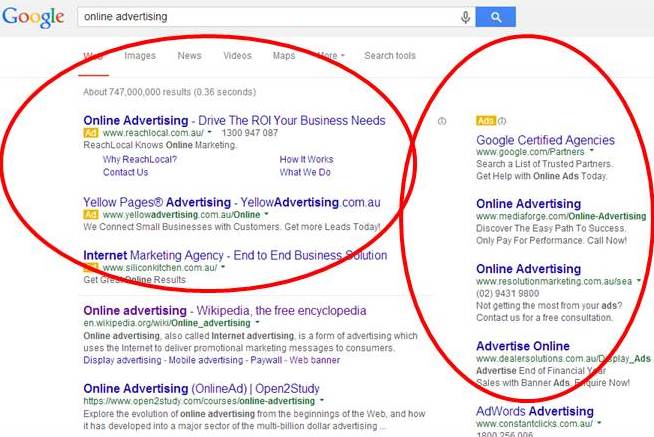It looks like we as a society have officially lost it.
Why? According to a recent study, a surprising percentage of people cannot tell the difference between a good old-fashioned article and a sponsored piece of “native advertising.”
How, after all we’ve done as a culture hardening ourselves against the seductive pressures of advertising, could we have let this happen?
I have a simple answer, and there’s good news: none of this spells doom, at all!
In fact, as both consumers and advertisers we really ought to view this as a step forward. It means that brands and publishers are establishing partnerships that work, not only for them, but for you as well.
It means the moving walkway of glossy deception is now ending and turning into the sidewalk of actual utility. Please look down!
Here are some of the more telling findings from the study:
- Readers mistaking native advertising for journalistic articles happened across all different kinds of sites and demographics, and was not limited to a single age group or industry.
- Readers reported that they trusted a sponsoring brand more than previously after they found out that the high-quality piece of content they just read was sponsored by said brand.
- Some readers (48%) felt deceived when they found out the piece of content they just read was sponsored by a brand. However, that represents a significant (15%) decrease from a similar study done a year ago.
Honestly, I want to be told what’s cool. I think deep down we all do. But I want to be told by people and sources that I trust. Just because we think we’ve developed a widespread allergy to advertising doesn’t mean that there aren’t products out there that are good fits for our needs.
Sponsored content and native advertising like the pieces profiled in this survey represent a refinement in the evolution of connecting people to products. It’s not about building a more sophisticated mousetrap as much as it’s about using a finer cheese.
Image credit: CC by Vanguard




